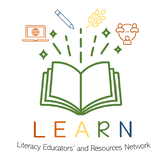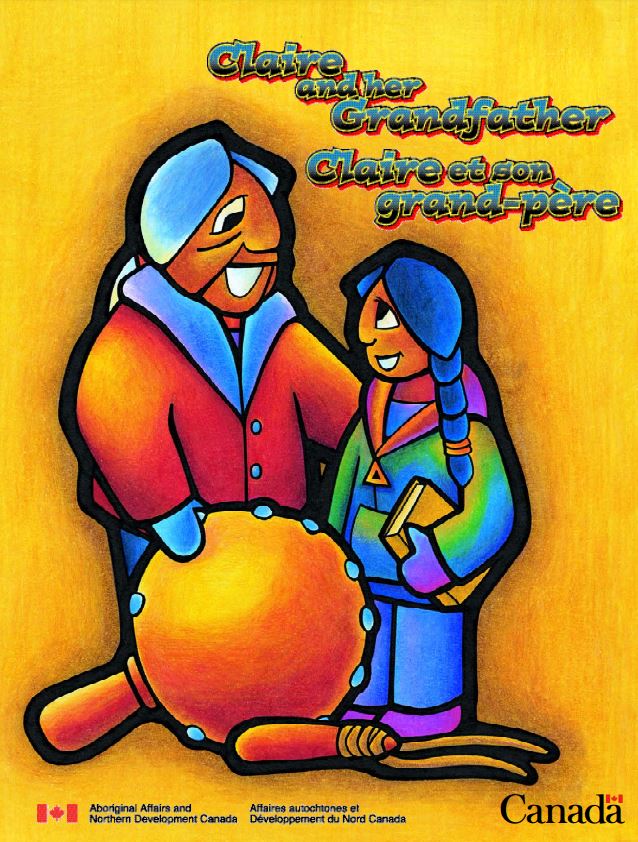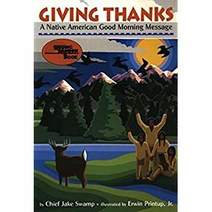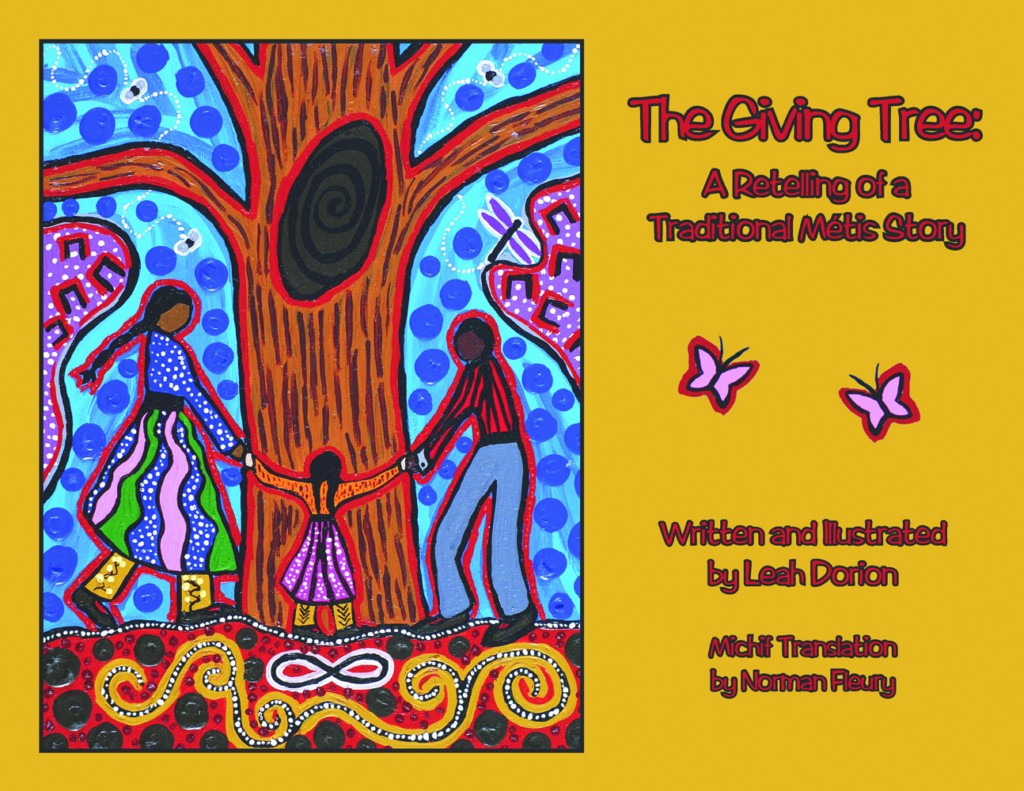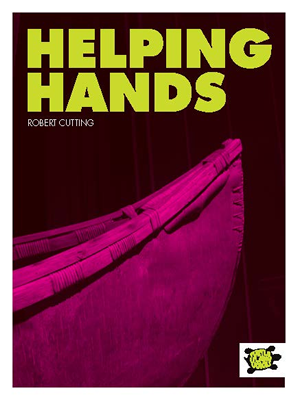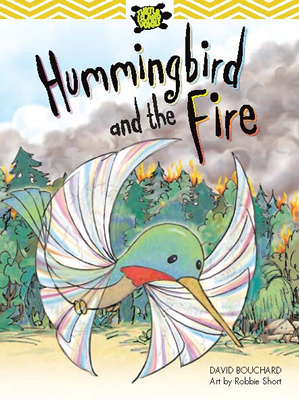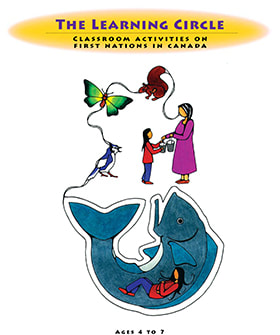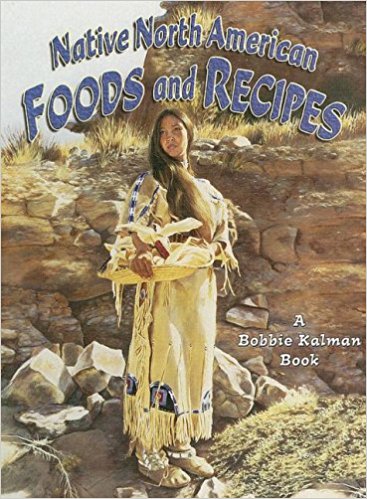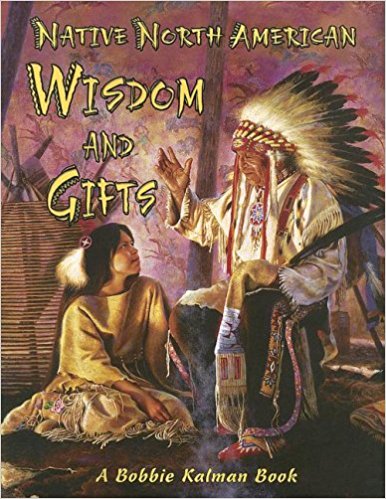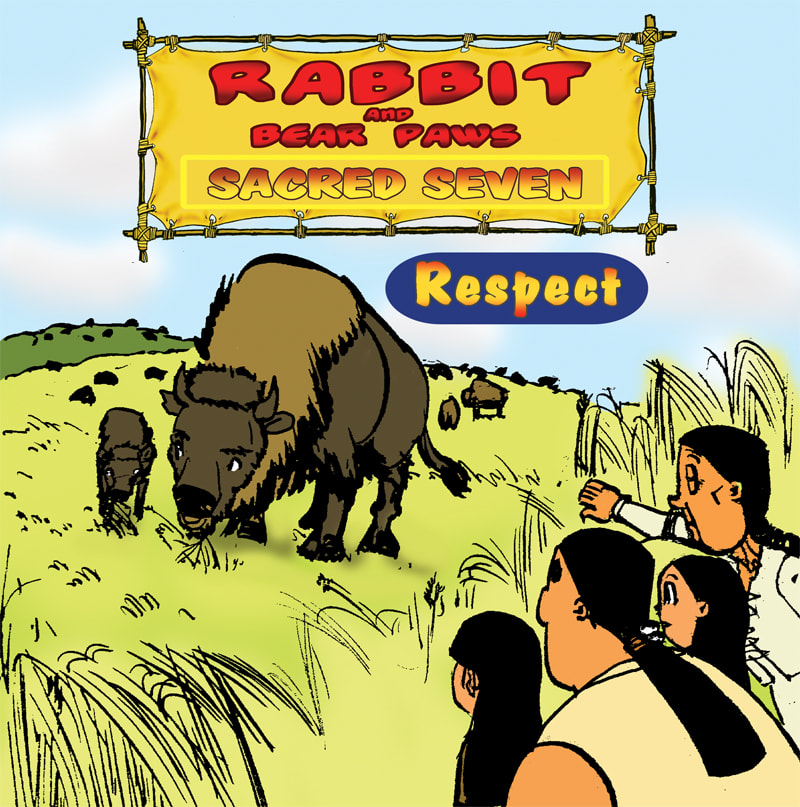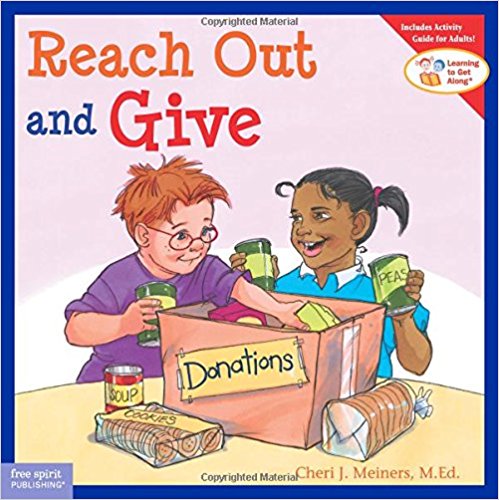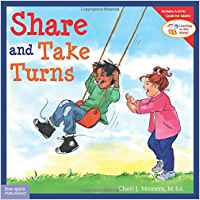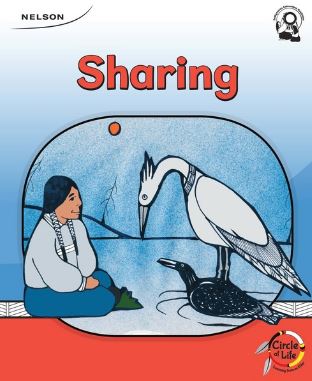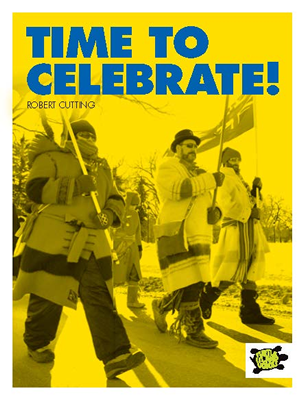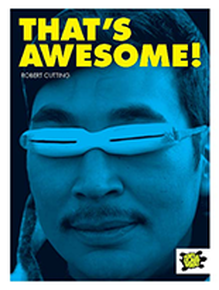Grade 1
Treaty Relationships
Books
Claire and her Grandfather
Claire and her grandfather, an aboriginal elder, discuss the contributions Indigenous peoples have made related to food, transportation, exploration, the arts and technology. Claire comes to understand her culture and is able then better able to share her family’s history and culture with her classmates. Available in pdf and audio formats.
|
Aboriginal Affairs and Northern Development Canada. (2011). Claire and her grandfather. Ottawa, ON: Aboriginal Affairs and
Northern Development Canada.
Northern Development Canada.
Giving ThanksGiving Thanks is a children’s version of a Thanksgiving Address. It is a message of gratitude, originating with the Native people of New York and Canada, still spoken at ceremonial gatherings held by the Six Nations. Thanks is expressed to Mother Earth, to water, grass fruits, animals, to the wind and rain, sun, moon and stars, to the Spirit Protectors of the past and present “for showing ways to live in peace and in harmony and to the Great Spirit, giver of all.
|
Swamp, J., Chief (1995). Giving thanks. New York, NY: Lee and Low Books.
The Giving Tree: A Retelling of a Traditional Metis Story
This story focuses on the Metis core values and beliefs of strength, kindness, courage, tolerance, honest, respect, love, sharing, caring, balance, patience and the connection with the Creator and Mother Earth as the narrator reminisces of Moushoom and finding the great “giving tree” with his mother and father.
|
Dorian, L. (2009). The giving tree: A retelling of a traditional Metis story. Regina, SK: Gabriel Dumont Institute.
Helping HandsTurtle Island Voices, grades 1-6, consist of ten titles per grade. The series offers aboriginal children a unique opportunity to see themselves in their learning materials. It is rooted in the concepts of inter-connectedness, respect for life, and the quest for a better future. It offers all children the opportunity to recognize the role and contributions of Aboriginal peoples in the life, culture, and heritage of Canada (Publisher).
|
Cutting, R. (2011). Turtle Island Voices: Helping hands. Oakville, ON: Rubicon Publishing Inc.
Hummingbird and the FireTurtle Island Voices, grades 1-6, consist of ten titles per grade. The series offers aboriginal children a unique opportunity to see themselves in their learning materials. It is rooted in the concepts of inter-connectedness, respect for life, and the quest for a better future. It offers all children the opportunity to recognize the role and contributions of Aboriginal peoples in the life, culture, and heritage of Canada (Publisher).
|
Bouchard, D. (2011). Turtle Island Voices: Hummingbird and the fire. Oakville, ON: Rubicon Publishing Inc.
Indian and Northern Affairs Canada. (2010). The learning circle: Classroom activities on First Nations in Canada ages 4-7.
Ottawa, ON: Indian and Northern Affairs Canada.
Ottawa, ON: Indian and Northern Affairs Canada.
Native North American: Foods and RecipesReaders will be fascinated by the wide variety of foods that the early Native peoples hunted, gathered, and grew. They will also be amazed to learn that many of the foods they now eat were introduced by Native North Americans. This interesting book also includes Native cooking styles and several recipes inspired by the many Native nations throughout North America. Kids will find the recipes easy to follow and will love tasting Native foods and flavors! Beautiful images and clear text teach children how Native people respected Nature’s gifts and celebrated the foods they were given, how some foods such as maple sugar, wild rice, and corn were gathered and cultivated, and, how Native people preserved and cooked foods (Publisher).
|
Kalman, B. (2006). Native North American: Foods and Recipes. St. Catherine's, ON: Crabtree Publishing.
Native North American: Wisdom and GiftsMany of the foods we eat, the tools we use, the games we play, and even the ideas in which we believe, originated with North American Native peoples. Beautiful images and easy-to-follow text help young readers discover the Native traditions and practices that were adopted by European explorers, North American settlers, and other people around the world. The topics include: Native hunting and fishing practices that are still in use today; innovations in medicine and health that helped many people survive in North America, and how Native beliefs of equality and democracy were adopted by North American governments (Publisher).
|
Kalman, B. (2006). Native North American: Wisdom and gifts. St. Catherine's, ON: Crabtree Publishing.
Rabbit and Bear Paws: Sacred Seven (Respect, Love, Courage, Honesty, Humility, Truth, Wisdom)Rabbit and Bear Paws, is a series of books and graphic novels based on the Seven Grandfathers of Respect, Bravery, Love, Honesty, Humility, Wisdom and Truth. The characters are mischievous, and the audience learns life lessons from their numerous pranks and mistakes while also appreciating the unity of the Native communities and how they relate to one another peacefully. Rabbit and Bear Paws are heroes that were created to share humorous adventures based on Traditional Teachings (Publisher).
|
Solomon, C., & Leary, T. (2013). Rabbit and Bear Paws series. Peterborough, ON: Little Spirit Bear Productions.
Reach Out and Give: Learning to Get AlongEven very young children can help to make the world a better place. This book begins with the concept of gratitude, because feeling grateful is a powerful motivator. Words and pictures show children contributing to their community in simple yet meaningful ways. Includes discussion questions, a philanthropy role-play, generosity games, and ideas for service projects (Publisher).
|
Mieners, C. (2006). Reach out and give: Learning to get along. Minneapolis, MN: Free Spirit Publishing.
Share and Take TurnsSharing is a social skill all children need to learn—the sooner the better. This book presents sharing as a positive choice and offers concrete examples to help children practice taking turns, understand how and why to share, and realize the benefits of sharing. Includes a special section for adults, with discussion questions, games, activities, and tips that reinforce improving social skills (Publisher).
|
Mieners, C. (2006). Share and take turns. Minneapolis, MN: Free Spirit Publishing.
Indigenous Education Coalition. (2013). Circle of Life Series: Sharing. Toronto, ON: Nelson Education.
Sharing TimeSometimes it's fun to share, and sometimes it's hard. This book offers youngsters simple choices (take turns, use it together, wait for another time) to make sharing easier, and shows them where to turn for help when sharing is difficult. Little ones learn that sharing can mean double the fun--and sharing a while can make someone smile! (Publisher)
|
Verdick, E. (2009). Sharing time. Minneapolis, MN: Free Spirit Publishing.
Time to CelebrateTurtle Island Voices, grades 1-6, consist of ten titles per grade. The series offers aboriginal children a unique opportunity to see themselves in their learning materials. It is rooted in the concepts of inter-connectedness, respect for life, and the quest for a better future. It offers all children the opportunity to recognize the role and contributions of Aboriginal peoples in the life, culture, and heritage of Canada (Publisher).
|
Cutting, R. (2011). Turtle Island Voices: Time to celebrate. Oakville, ON: Rubicon Publishing Inc.
That's AwesomeTurtle Island Voices, grades 1-6, consist of ten titles per grade. The series offers aboriginal children a unique opportunity to see themselves in their learning materials. It is rooted in the concepts of inter-connectedness, respect for life, and the quest for a better future. It offers all children the opportunity to recognize the role and contributions of Aboriginal peoples in the life, culture, and heritage of Canada (Publisher).
|
Cutting, R. (2011). Turtle Island Voices: That's awesome. Oakville, ON: Rubicon Publishing Inc.
We Share Everything!It's the first day of kindergarten and Amanda and Jeremiah have a problem. They both want to read the same books. They want to paint with the same paints. And they refuse to share. The teacher tells them, "Look. This is kindergarten. In kindergarten we share. We share everything." Everything? Amanda and Jeremiah decide to take their teacher at her word. But what can they share? They begin by switching their shoes, and end up wearing each other's outfits! Now Jeremiah is wearing Amanda's pink shoes, pants and shirt and Amanda is wearing Jeremiah's clothes. Together they show their teacher that sharing really can be fun (Publisher)!
|
Munch, R. (2002). We share everything! New York, NY: Cartwheel Books Publishing.
Videos
What is a Community?
ROVER | What is a Community?
People, buildings and land - all combine to form a community. The first communities, groups of people living in the same area, were started by early pioneer families. Although pioneer communities looked very different from communities today, modern communities also look different from each other.
Robert B. Mansour Ltd. (2005). What is a community? [Video file]. Retrieved from https://rover.edonline.sk.ca/en/rover/videos/447
Web Posts
Four Directions Teaching
Four Directions Teachings.com - Aboriginal Online Teachings and Resource Centre - © 2006 - 2015 All Rights Reserved 4D Interactive Inc., a subsidiary of Invert Media Inc.
FourDirectionsTeachings.com is a visually stunning audio narrated resource for learning about Indigenous knowledge and philosophy from five diverse First Nations in Canada. The site is provided in English with French subtitles and includes curriculum resources in both English and French.
National Indigenous Literacy Association, & Invert Media. (2015). Four directions teachings.com: Aboriginal online teachings
and resource centre. Retrieved March 6, 2018, from Four Directions Teaching website: http://www.fourdirectionsteachings.com/
and resource centre. Retrieved March 6, 2018, from Four Directions Teaching website: http://www.fourdirectionsteachings.com/
